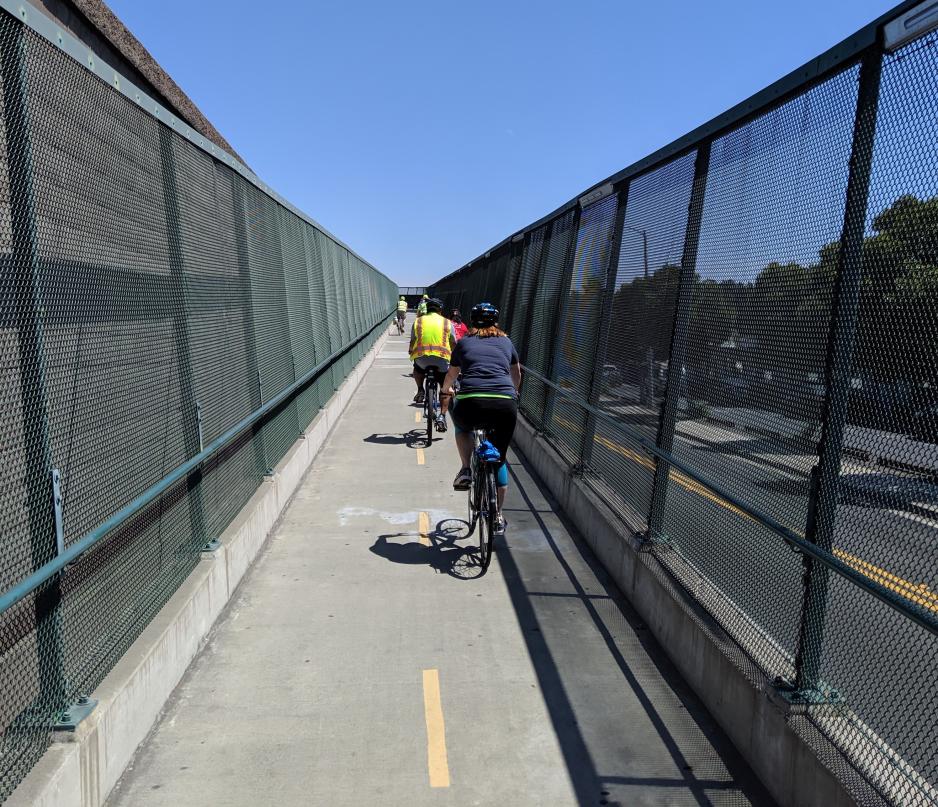Expand education, infrastructure, and accessibility to promote walking and bicycling and other active modes of transportation.
Education leads to broader acceptance of active modes of transportation through the following strategies.
- Expand education to inform the general public on existing or future opportunities to safely walk or bike for their commute or in their neighborhood.
- Expand infrastructure and accessibility to provide new pathways for active transportation users to utilize the transportation network.
- Expand active mode accessibility for other benefits beyond reduced vehicle parking demand, including improvements in potential traffic safety, air quality, and personal health.
Body
